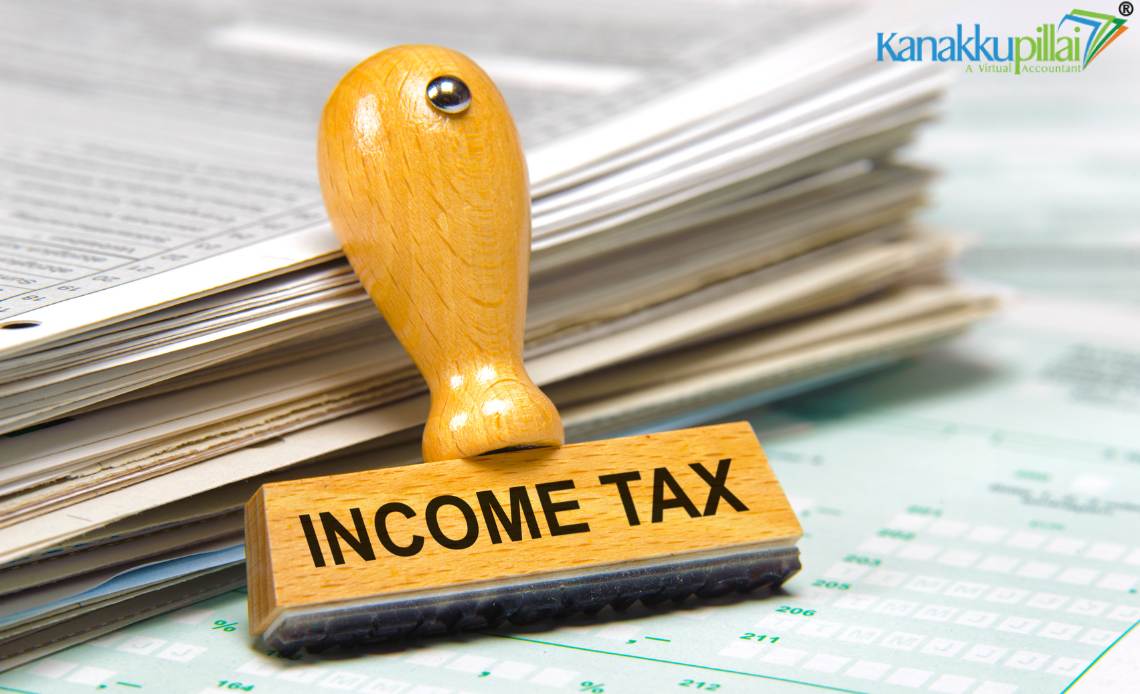In the past few years, the Income Tax Department of India has made careful power moves designed to create greater transparency and safety in how the department communicates with taxpayers. One such initiative is known as a Document Identification Number (DIN). This number is an alphanumeric code that is now required on all official notices, orders, letters and correspondence from the department. What a DIN is and how it works will help taxpayers confirm a tax communication is official and can help them confirm the scope of fraud that could happen from a fraudulent notice.
What is a Document Identification Number?
A Document Identification Number is simply a code assigned by the Income Tax Department to every official communication the department sends to a taxpayer. The DIN was created to increase accountability, assure the authenticity of tax documents, and reduce fraud. The DIN serves as a digital fingerprint with each tax document capable of being uniquely identifiable, trackable and verifiable.
Implementation. All tax-related documents from the Income Tax Department must contain a valid DIN since November 2019. Communications in violation of this requirement are legally invalid documents and should be considered void and questionable by taxpayers.
Why is DIN Important?
The introduction of DIN serves multiple critical purposes –
- Protecting Taxpayers from Fraud– Many taxpayers have faced fake notices impersonating tax authorities. The DIN helps validate that a communication is genuinely from the department.
- Ensuring Transparency– Taxpayers and officials alike can trace every document through its unique reference number, improving administrative oversight.
- Enhancing Accountability– With each document linked to a singular DIN, tax officers responsible for issuing communications are identifiable, ensuring responsibility.
- Legal Clarity – Communications lacking DIN are considered legally non-existent, clarifying which documents require taxpayer action.
- Efficient Record-Keeping – Both taxpayers and the department can maintain clear and accurate records of all notices, orders, and correspondence.
Features of the Document Identification Number
- Uniqueness– No two communications share the same DIN, which guarantees precise identification.
- Visibility- The DIN appears prominently on every official document, ensuring easy detection by recipients.
- Digital Format – The system supports seamless integration into the government’s digital e-filing and communication portals.
- Verification Friendly – Taxpayers can cross-check the validity of any notice or letter by entering the DIN details on the official Income Tax Department website.
Format of Document Identification Number
The DIN follows a standardized format that encodes important details –
- CBIC-YYYY MM ZCDR NNNN
Where:
- YYYY represents the year the document was issued.
- MM is the month of issuance.
- ZCDR refers to the zone or division issuing the notice.
- NNNN is a unique sequence randomly generated for each document.
This structure enables quick recognition and classification for officials and taxpayers.
How to Verify a Document Using DIN?
Verifying a tax notice or order using the DIN is straightforward and vital for avoiding scams –
- Visit the official Income Tax Department or CBIC website.
- Locate the verification section for DIN or tax document authentication.
- Enter your PAN, assessment year, date of issuance, and the DIN printed on your document.
- The system will confirm whether the document is genuine and issued by the tax department.
If the system does not recognise your DIN or if the document lacks a DIN entirely, it is safest to consider it fraudulent and report it to the income tax authorities.
Who Issues the DIN?
Only authorized officers within the Income Tax Department generate DINs. Every communication, such as notices, hearing orders, appeals, refunds, or summons, released officially will have this number assigned.
Taxpayers themselves do not have DINs; these are strictly departmental identifiers to ensure that every notice or letter is legitimate and traceable.
What If You Receive a Document Without a DIN?
Any document or notice from the Income Tax Department that does not display a DIN should be treated with extreme caution. According to official circulars, such communications hold no legal validity. Taxpayers should not take any action based on such documents and should report suspicious letters or emails to the department immediately.
Conclusion
The Document Identification Number is a robust tool launched by the Indian Income Tax Department to curb fraud and improve transparency in tax administration. Giving a unique number to each official communication allows taxpayers to easily verify documents and keep the interactions clear with tax authorities.
By being aware of the DIN, verifying it carefully on all notices received, and only using correct and authorized methods to verify authenticity, taxpayers will have the ability to protect themselves against fake notices and undue legal headaches. As tax processes become more and more digital, the DIN is an important step to a more secure and efficient tax system.
Related Services





